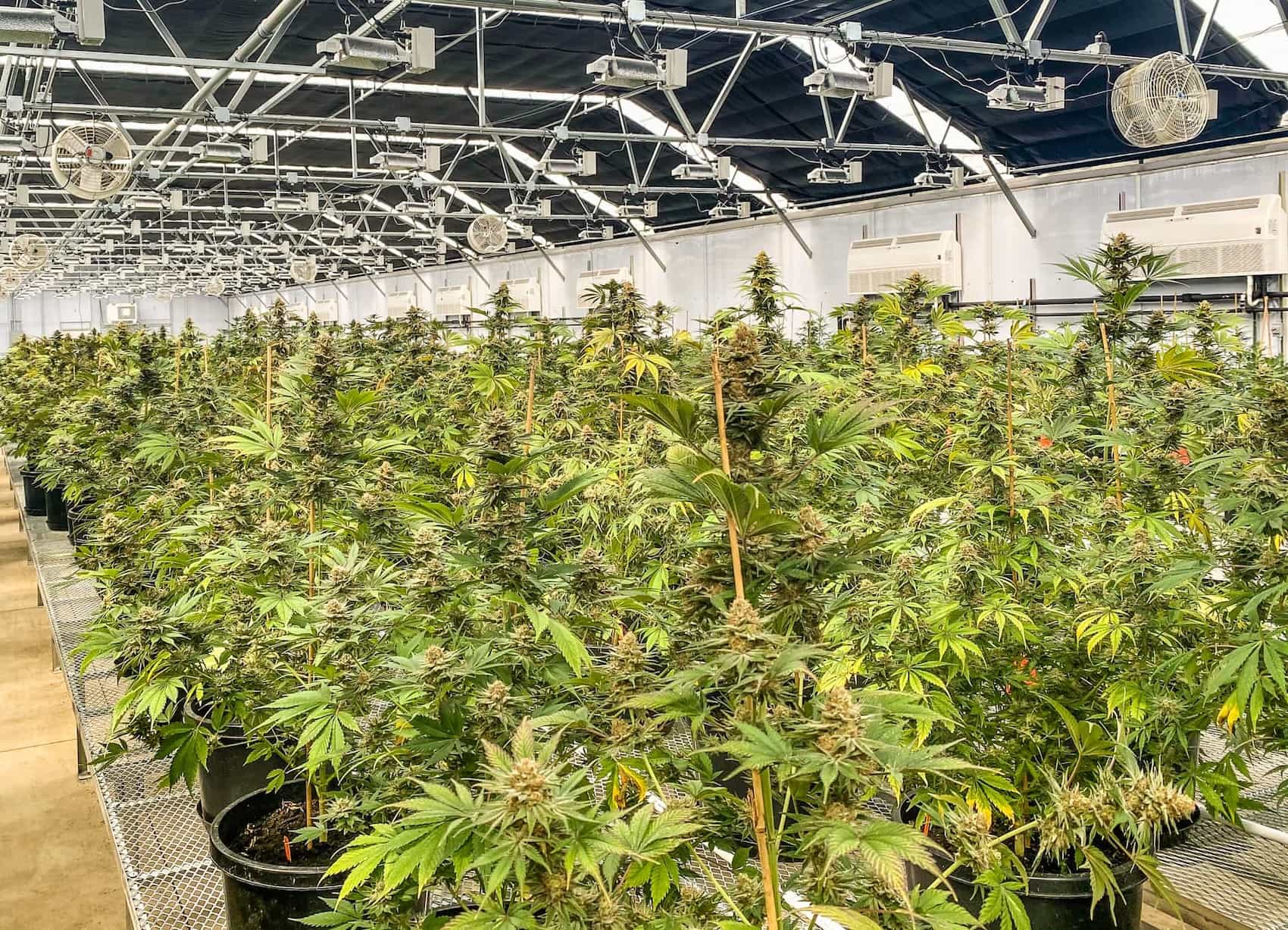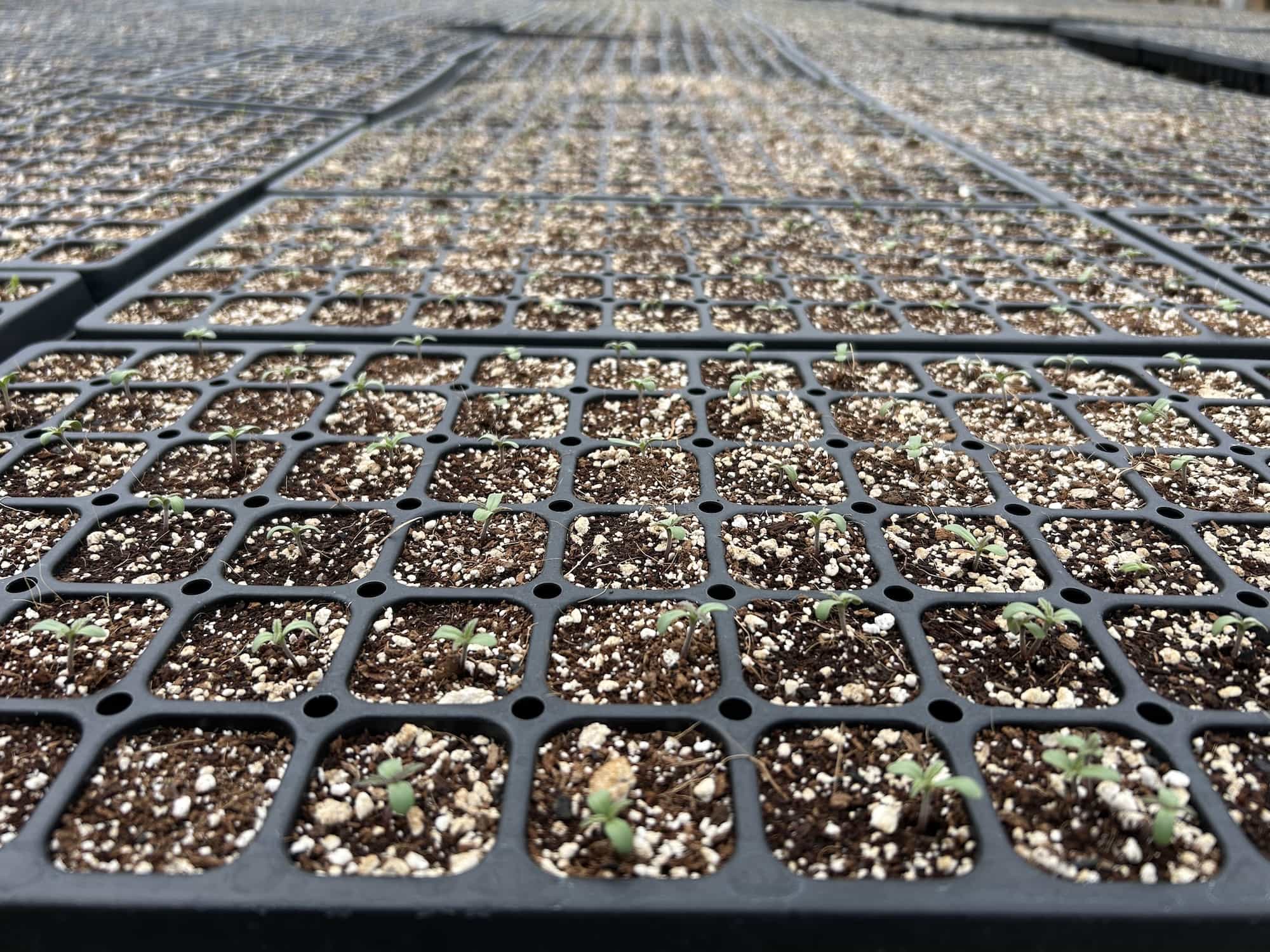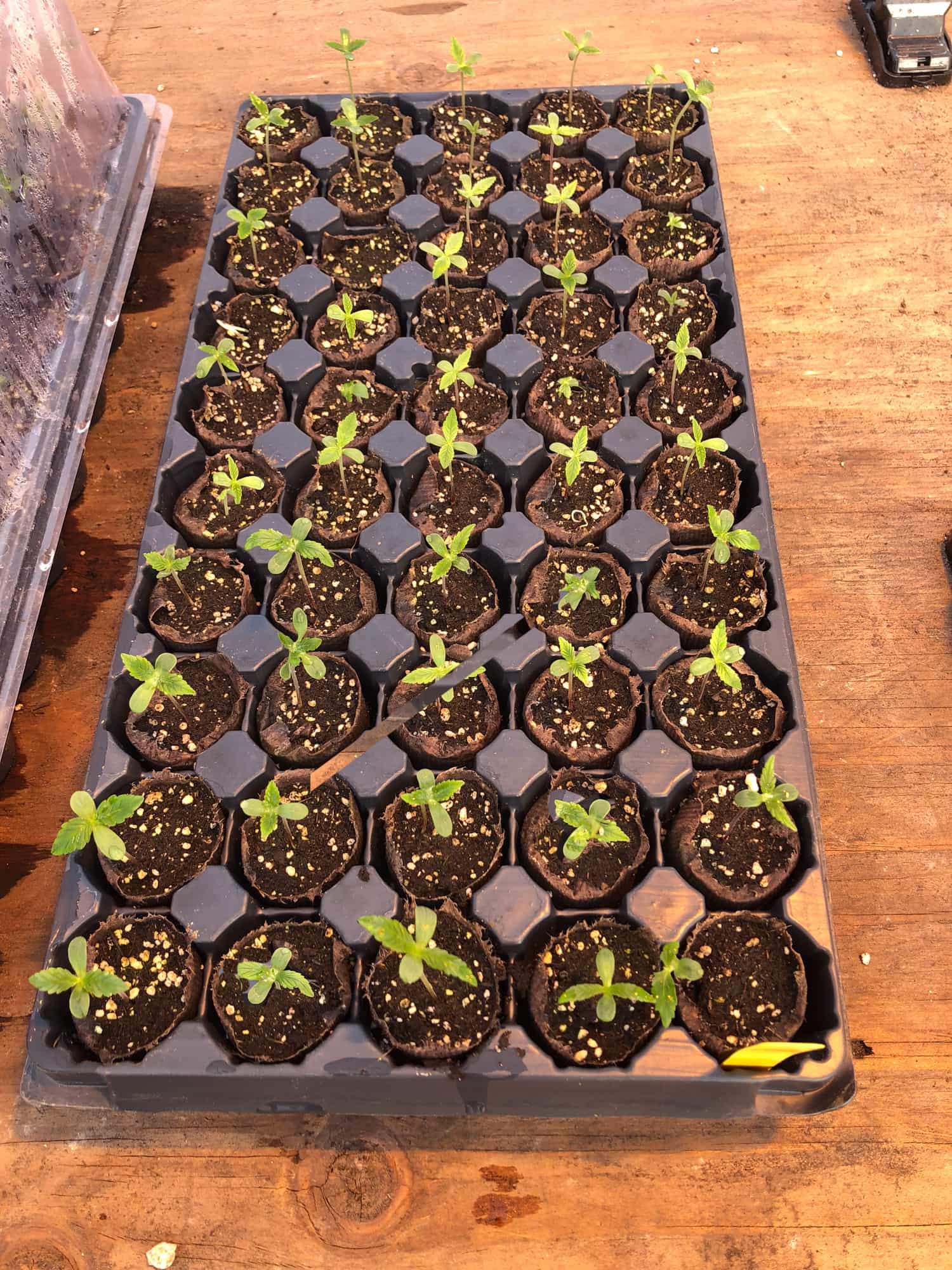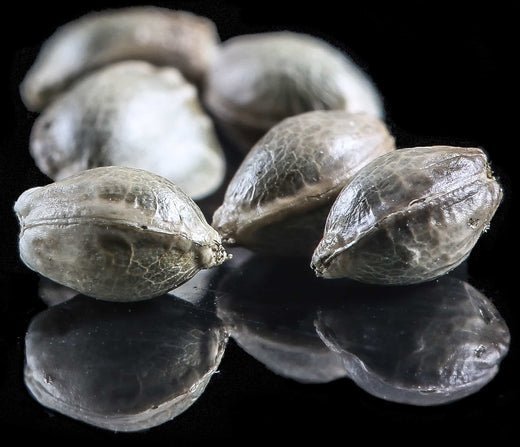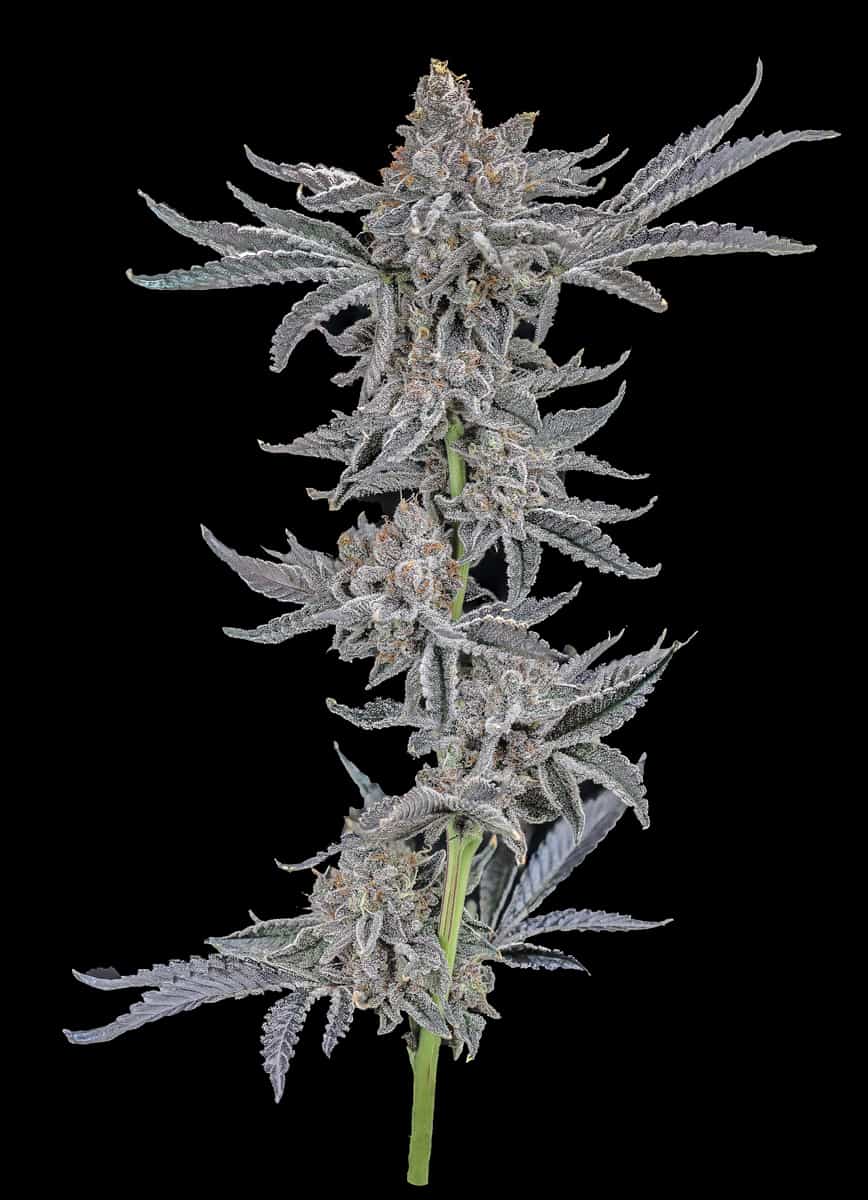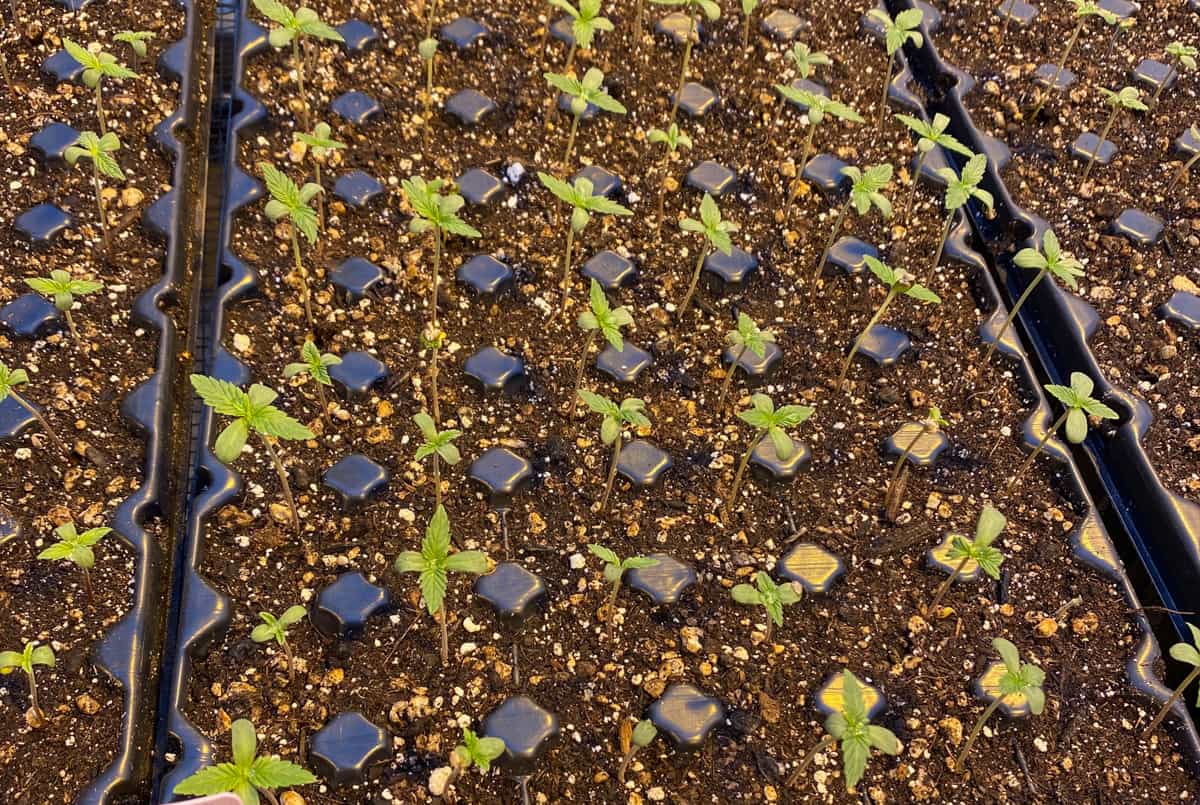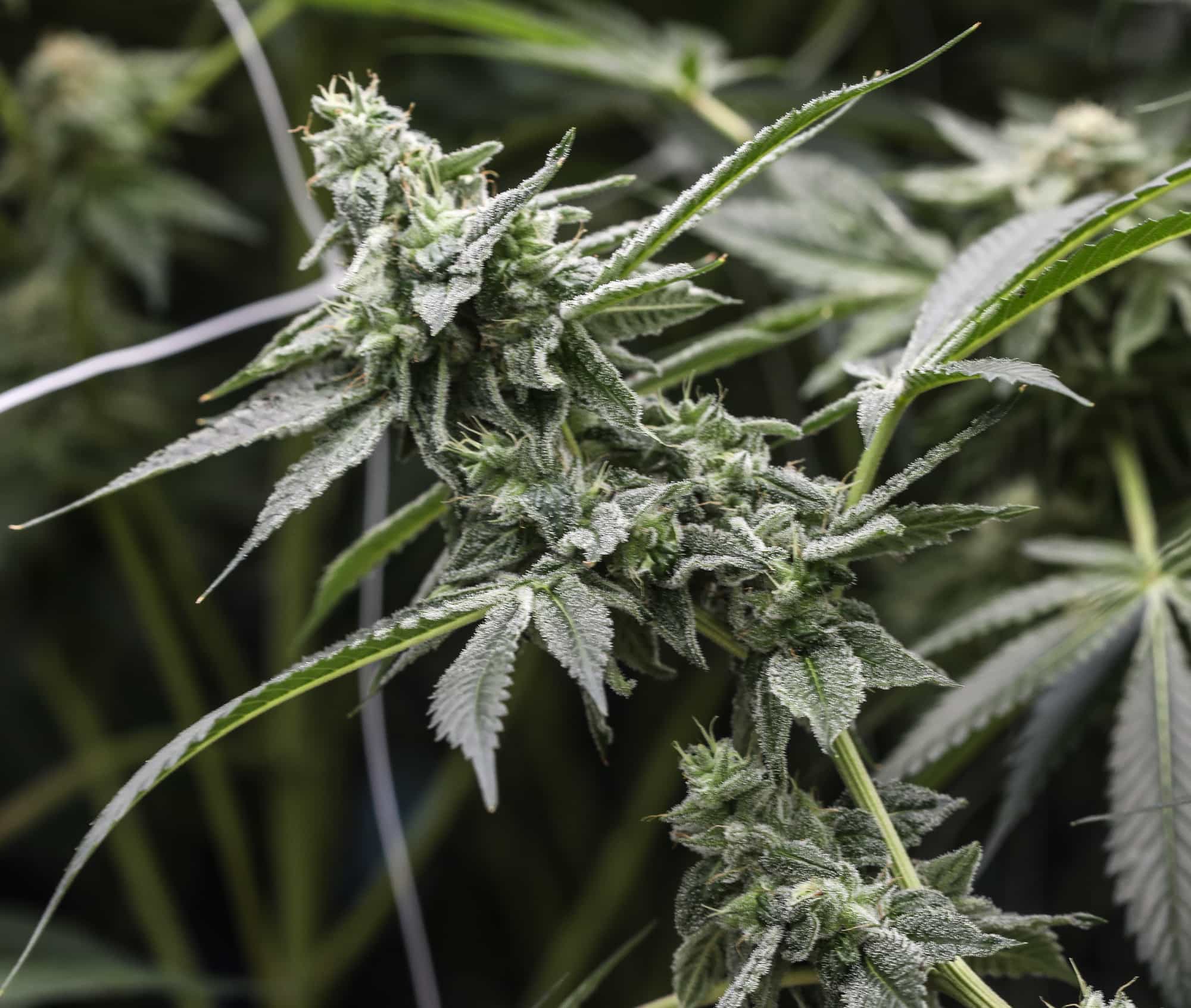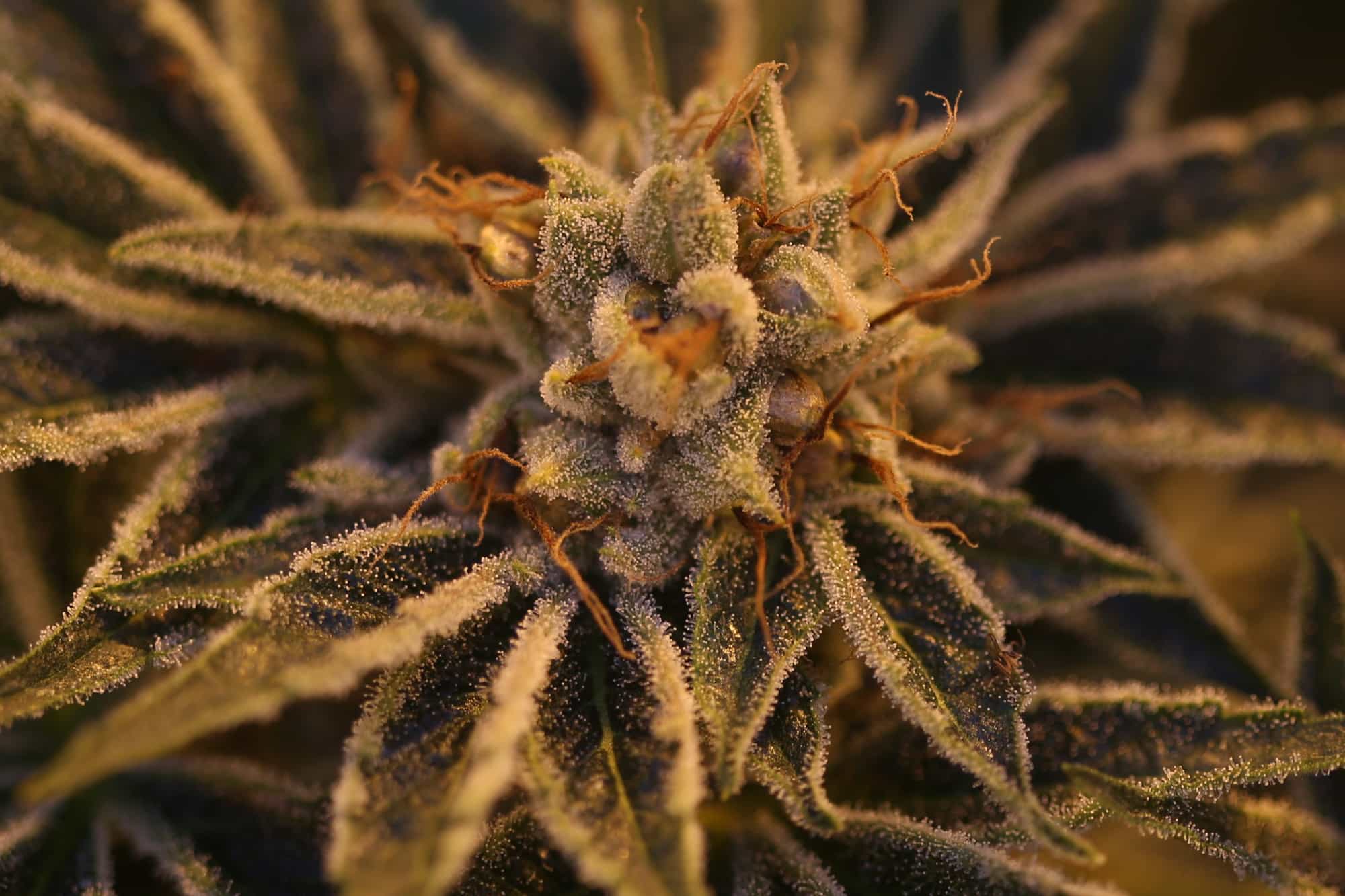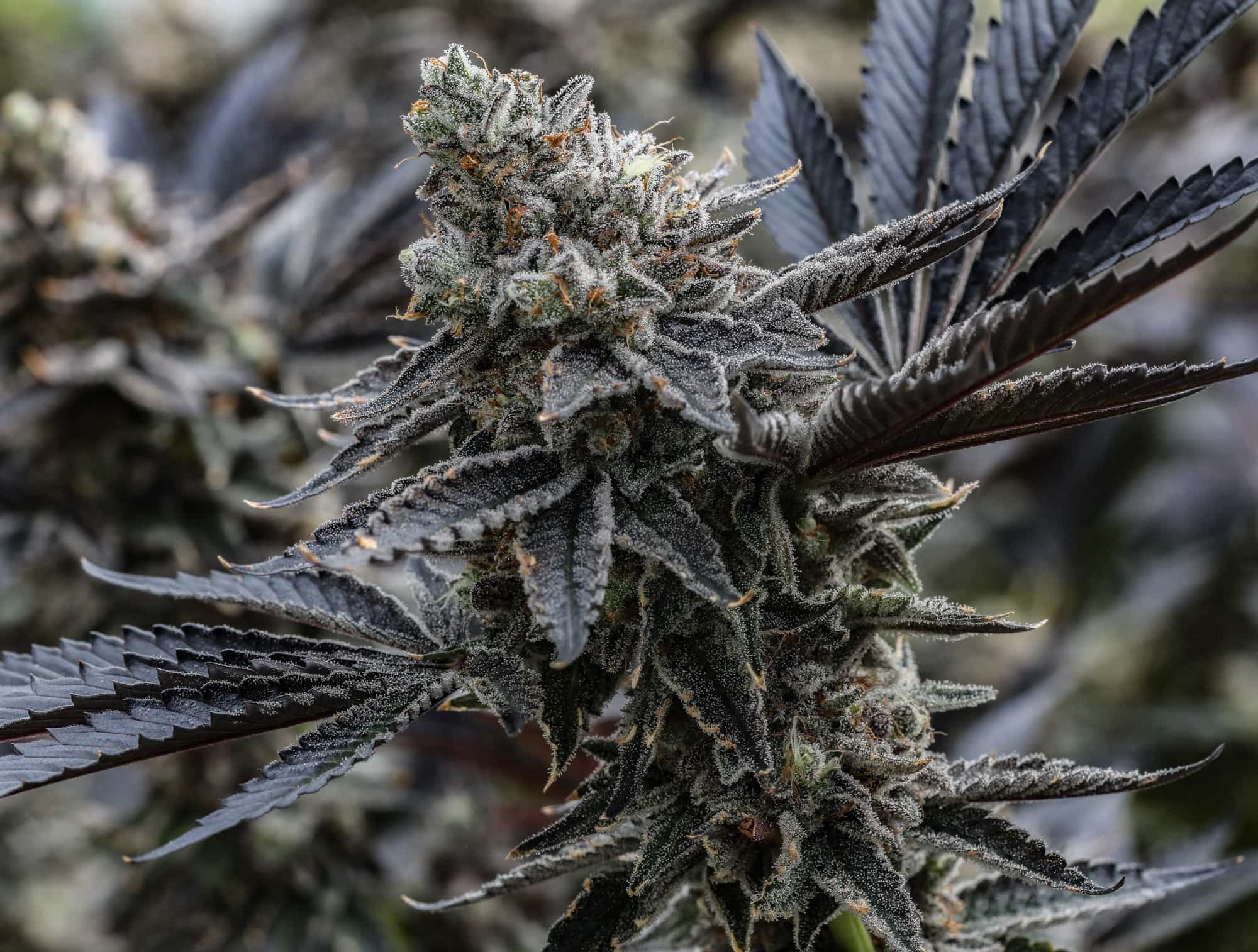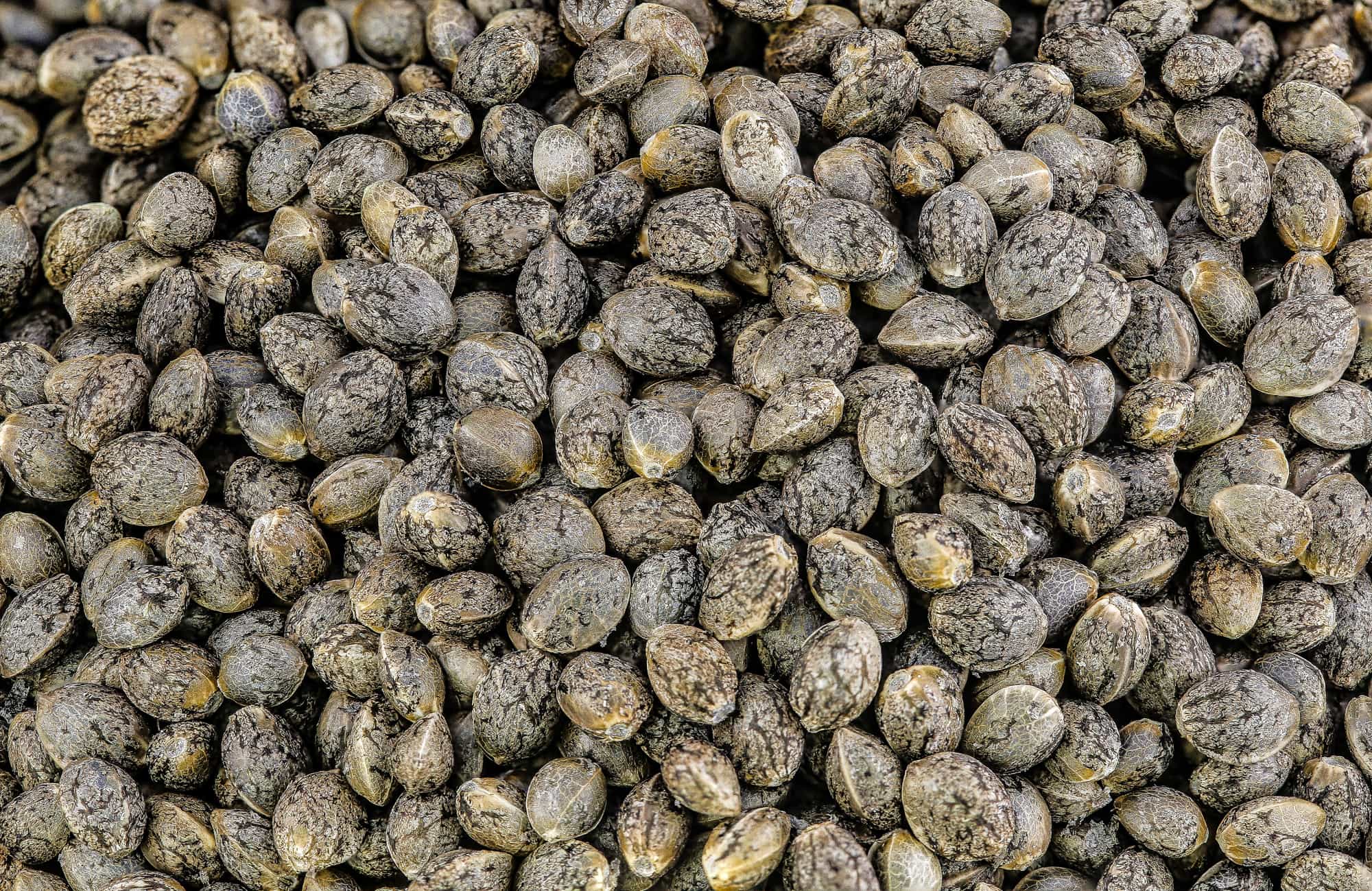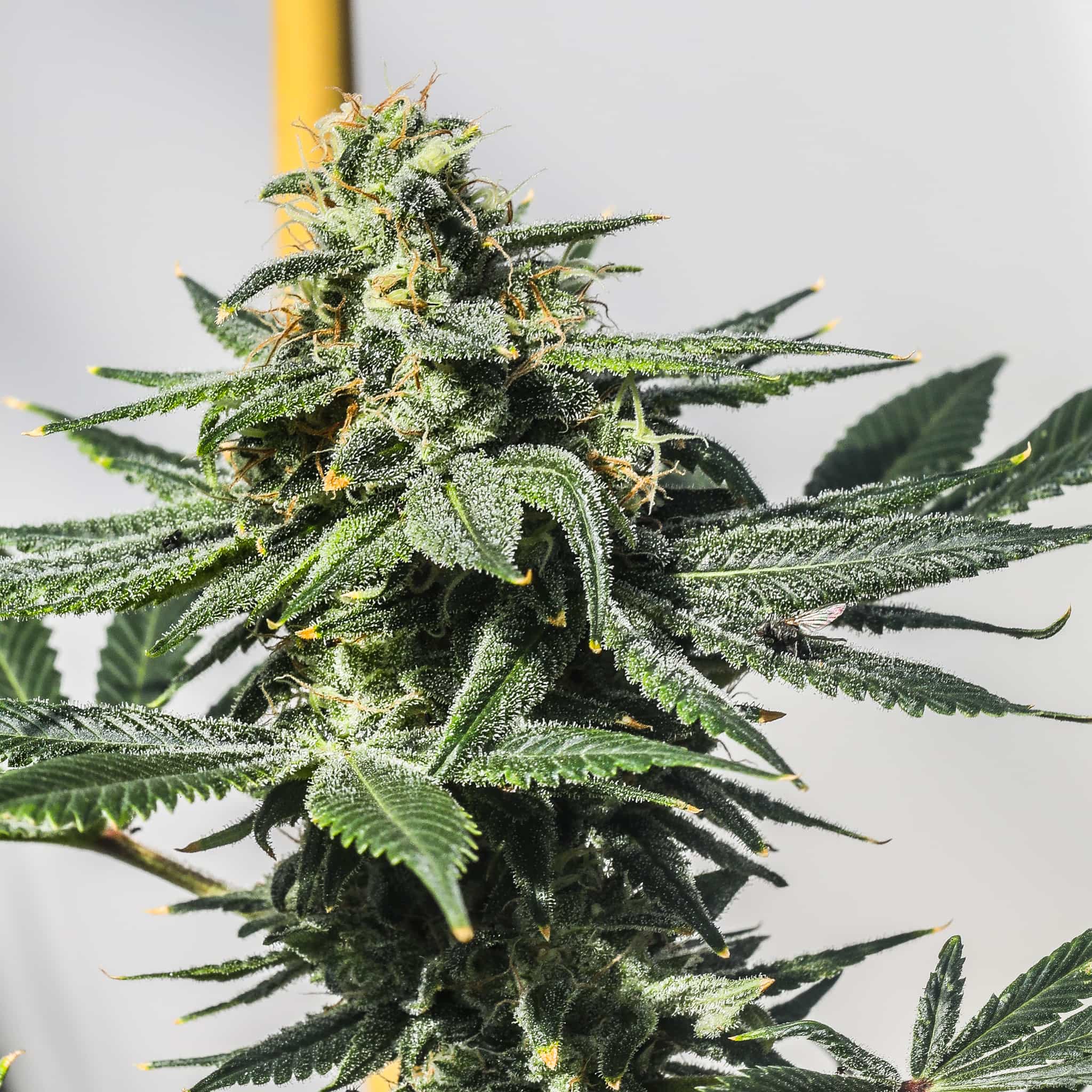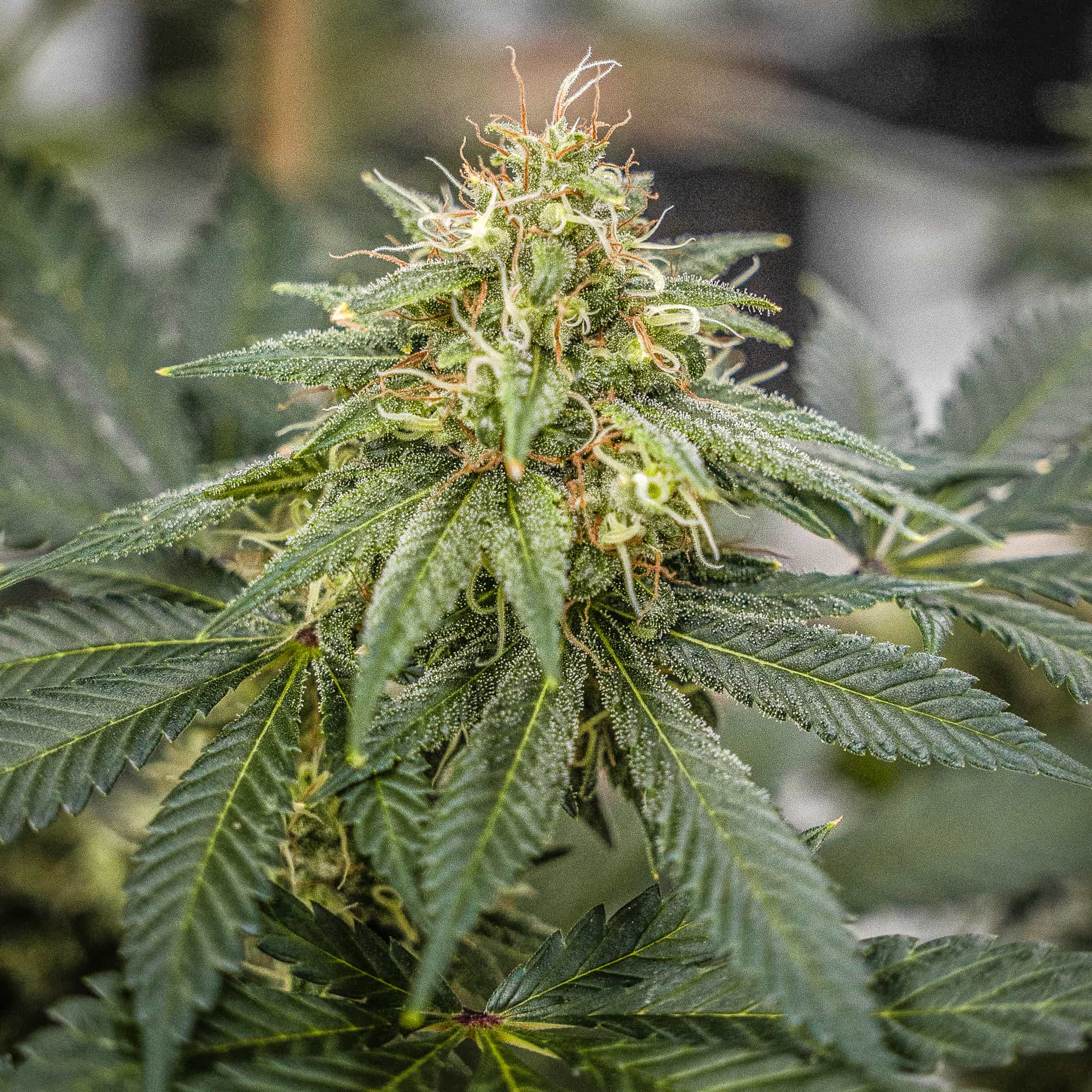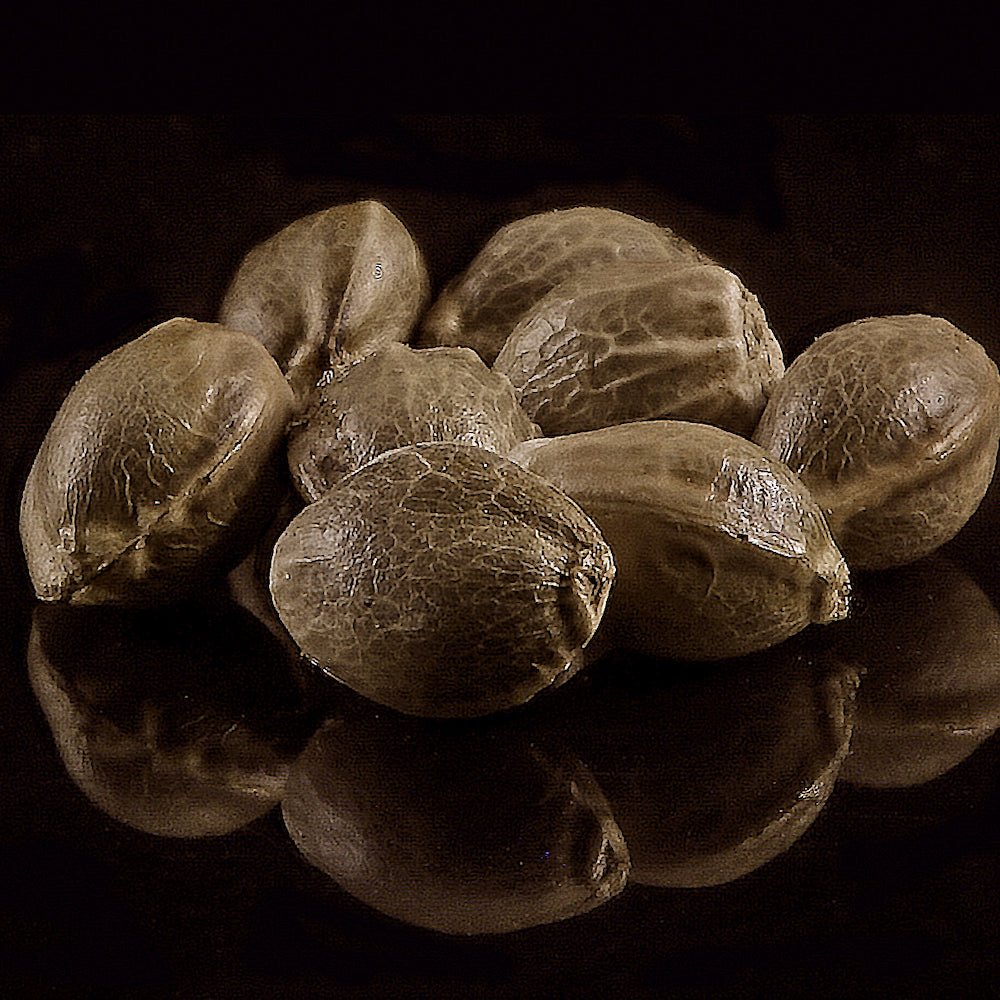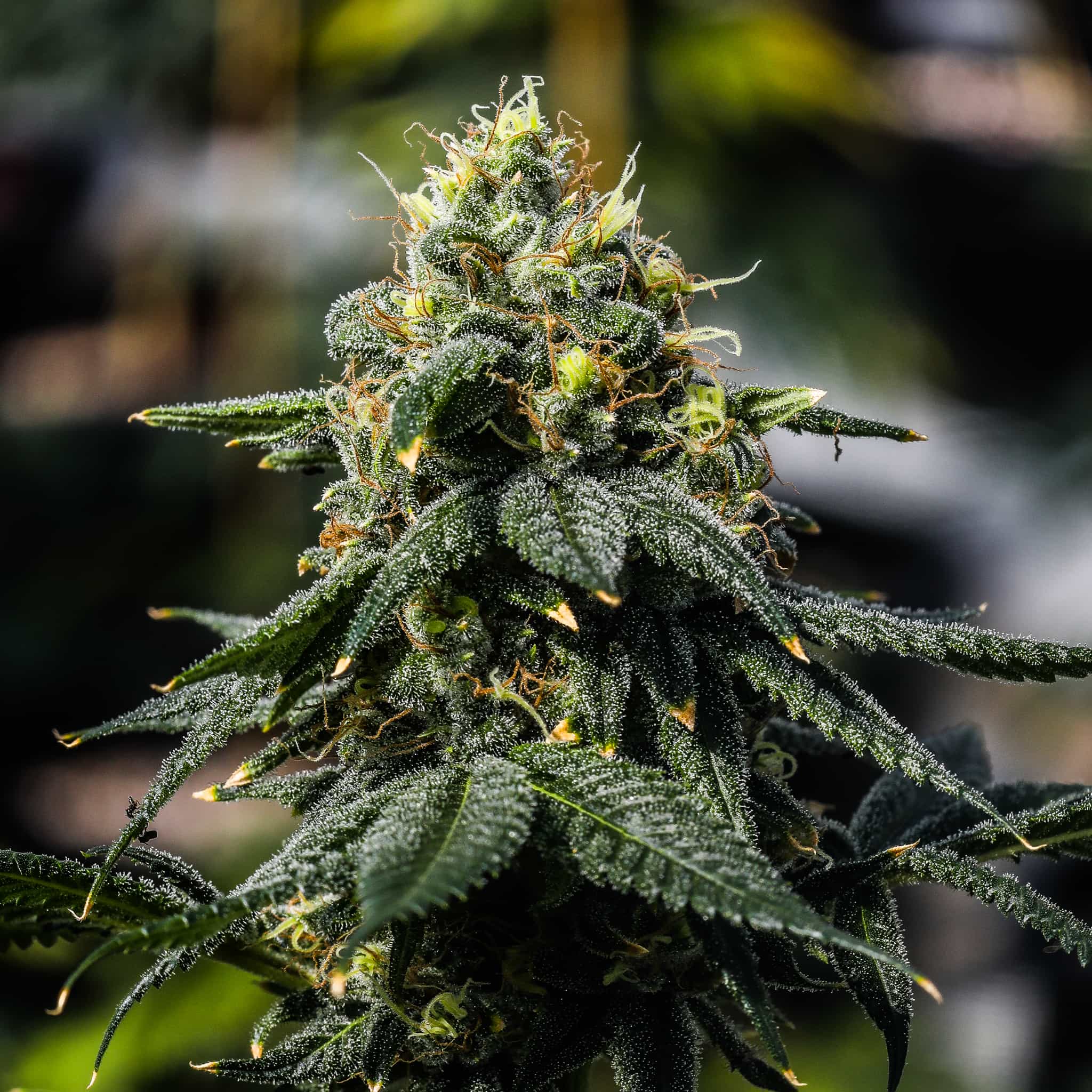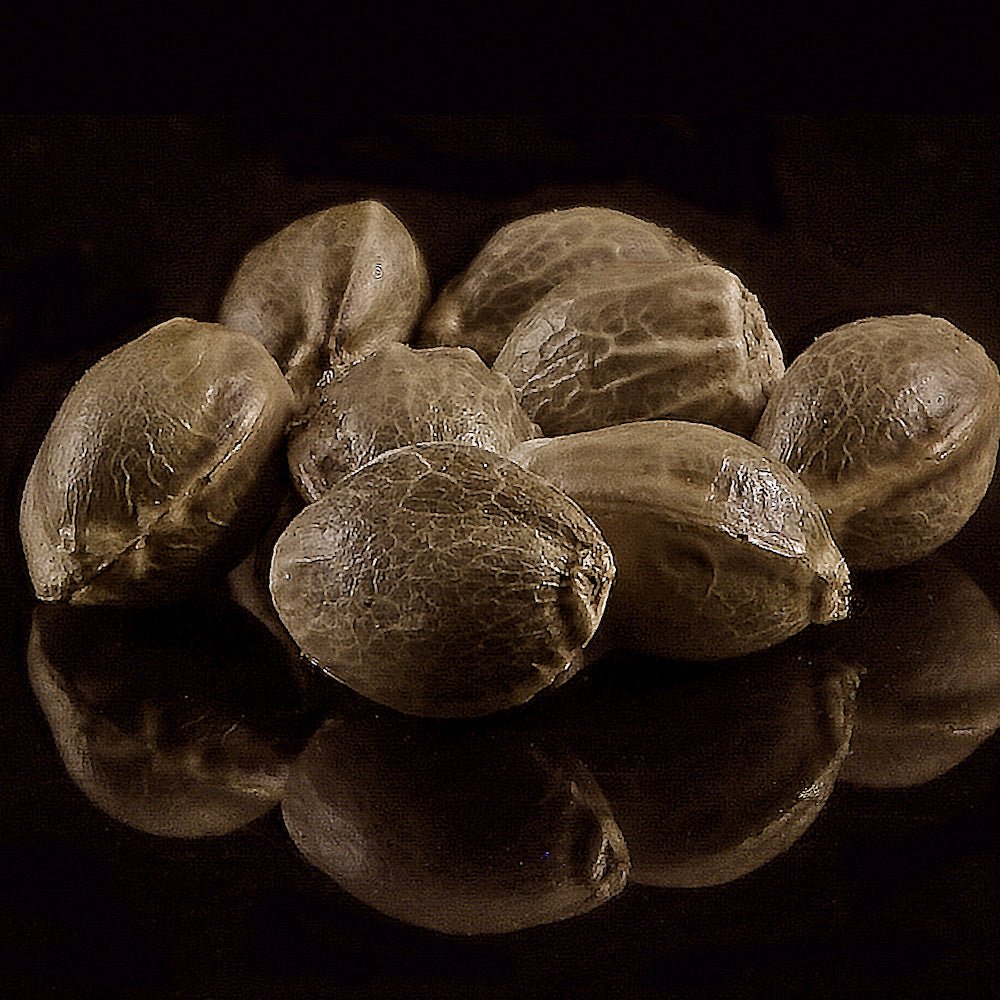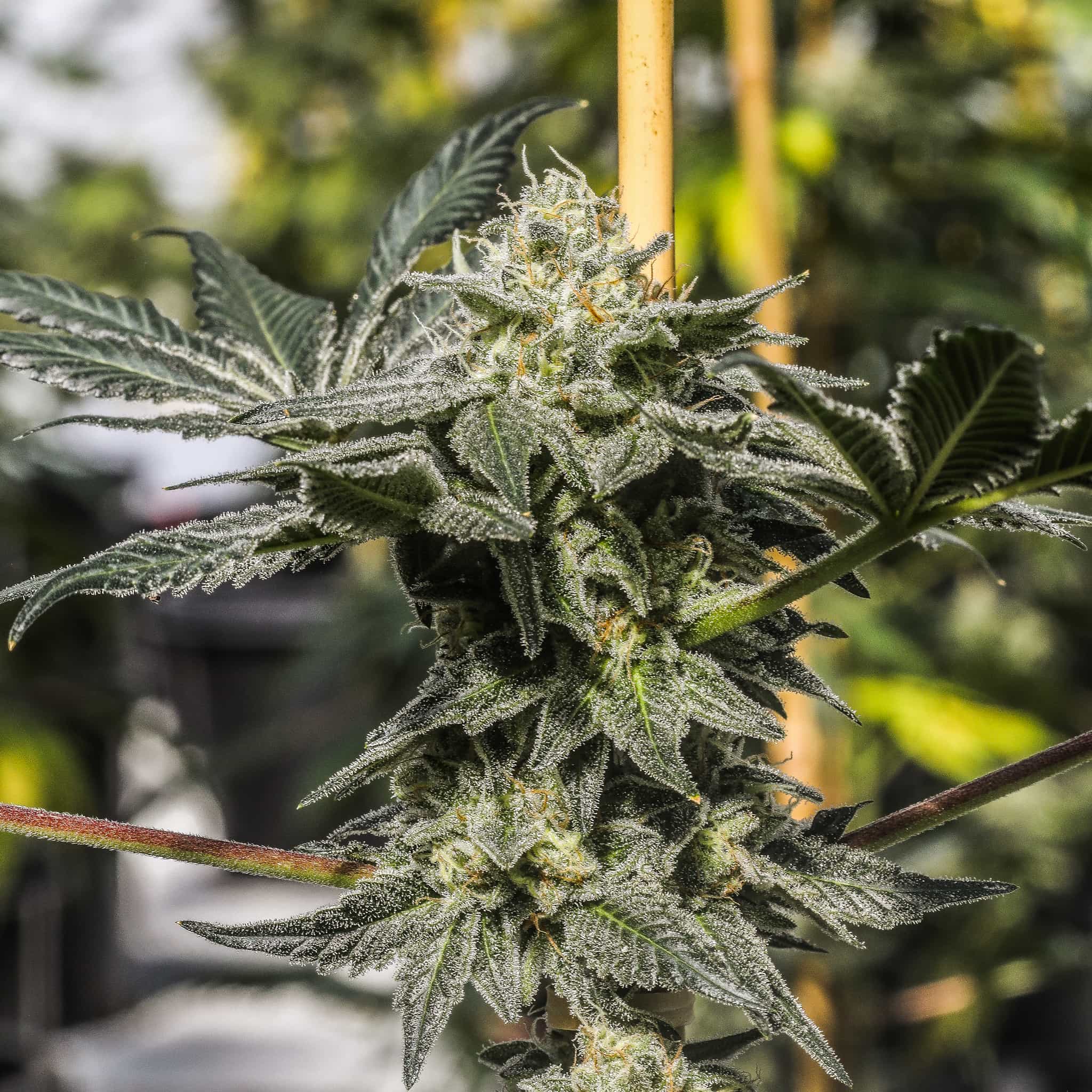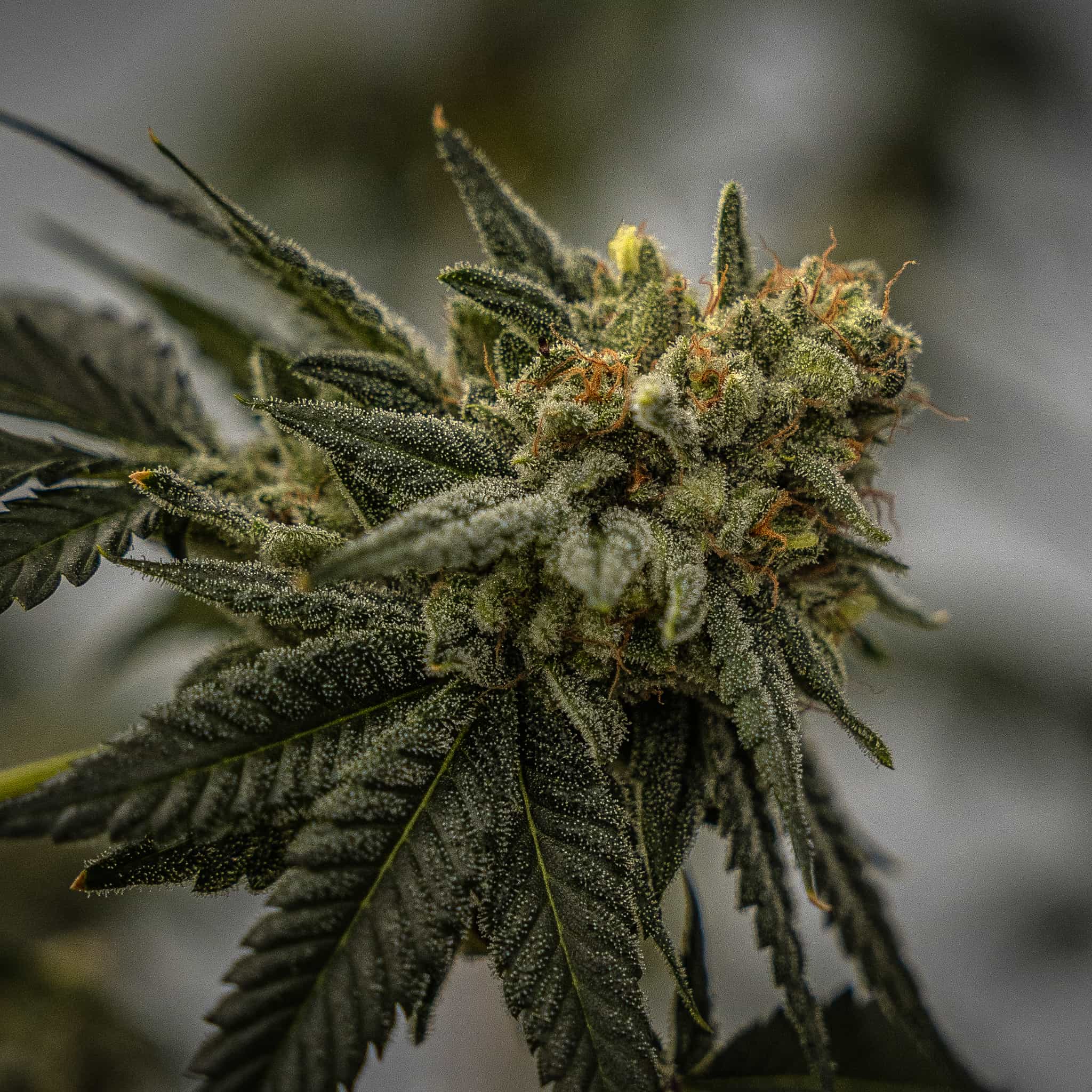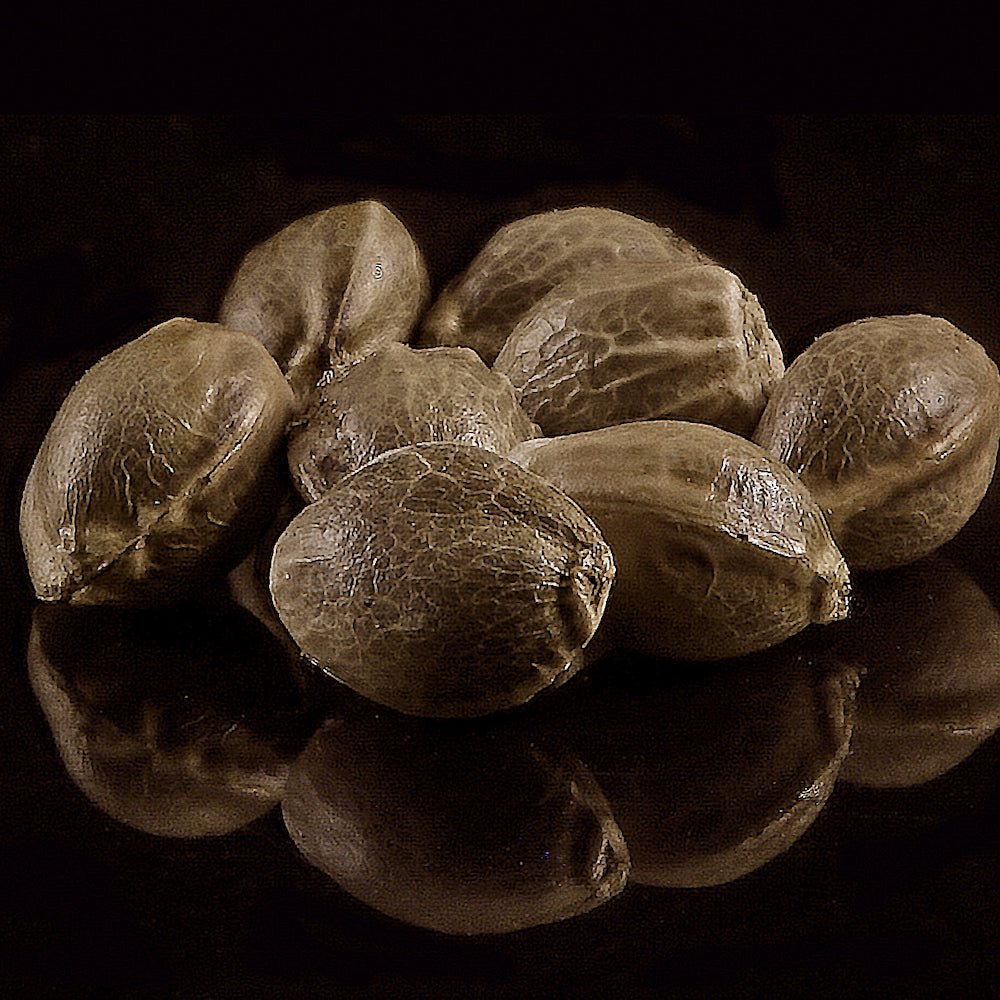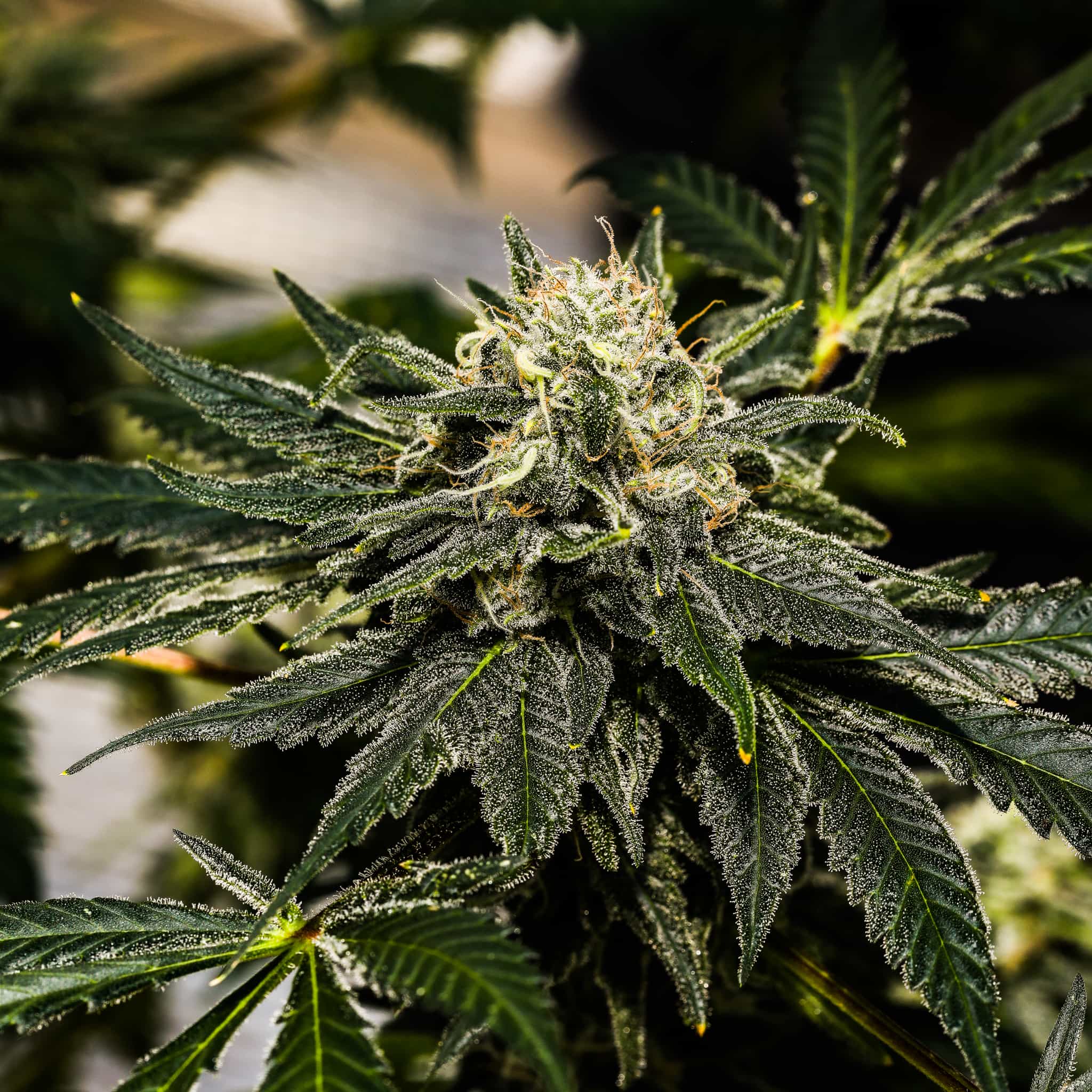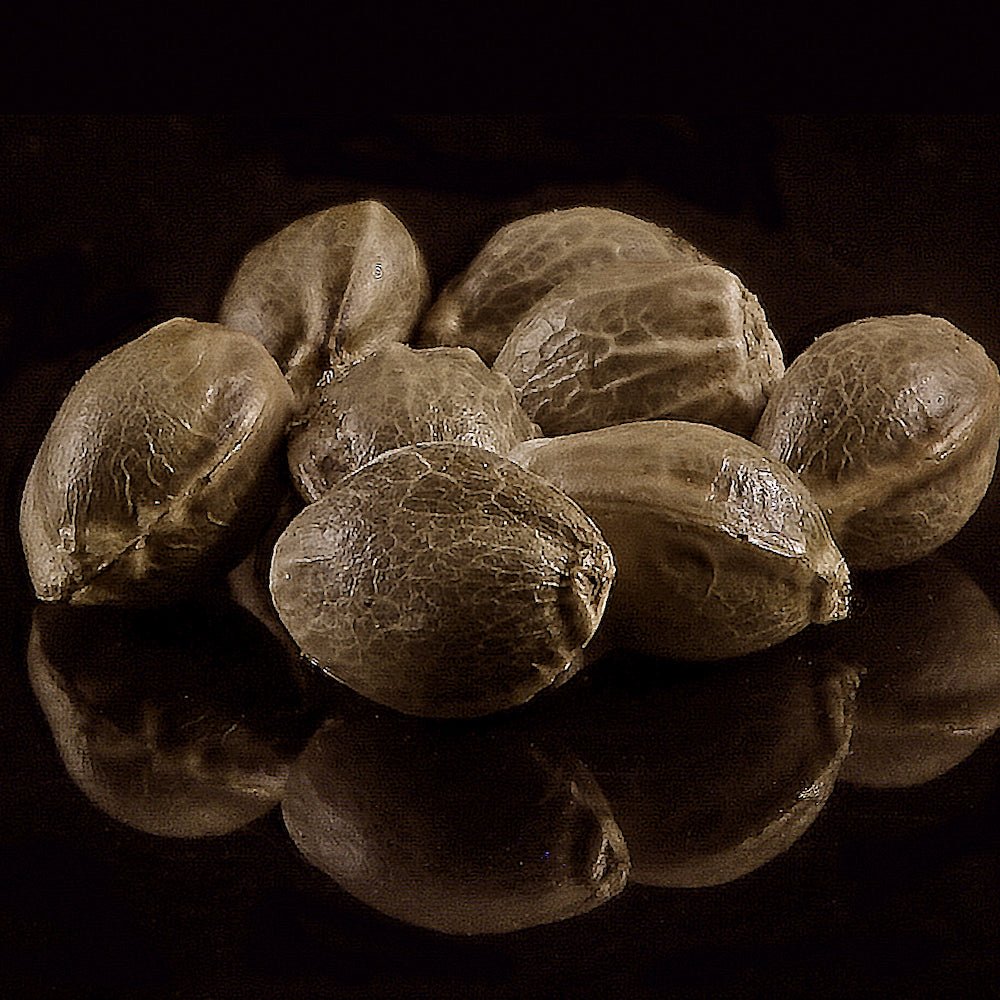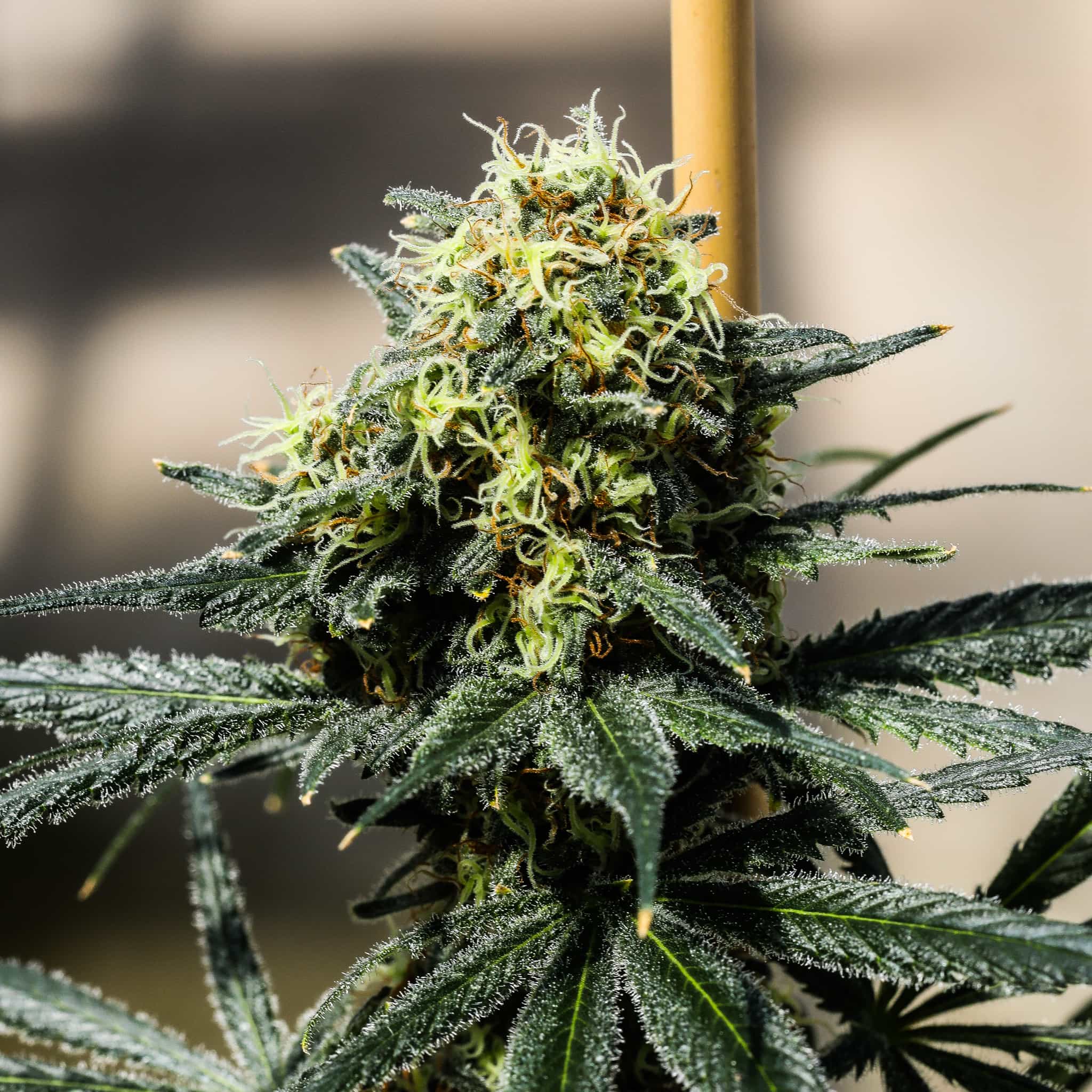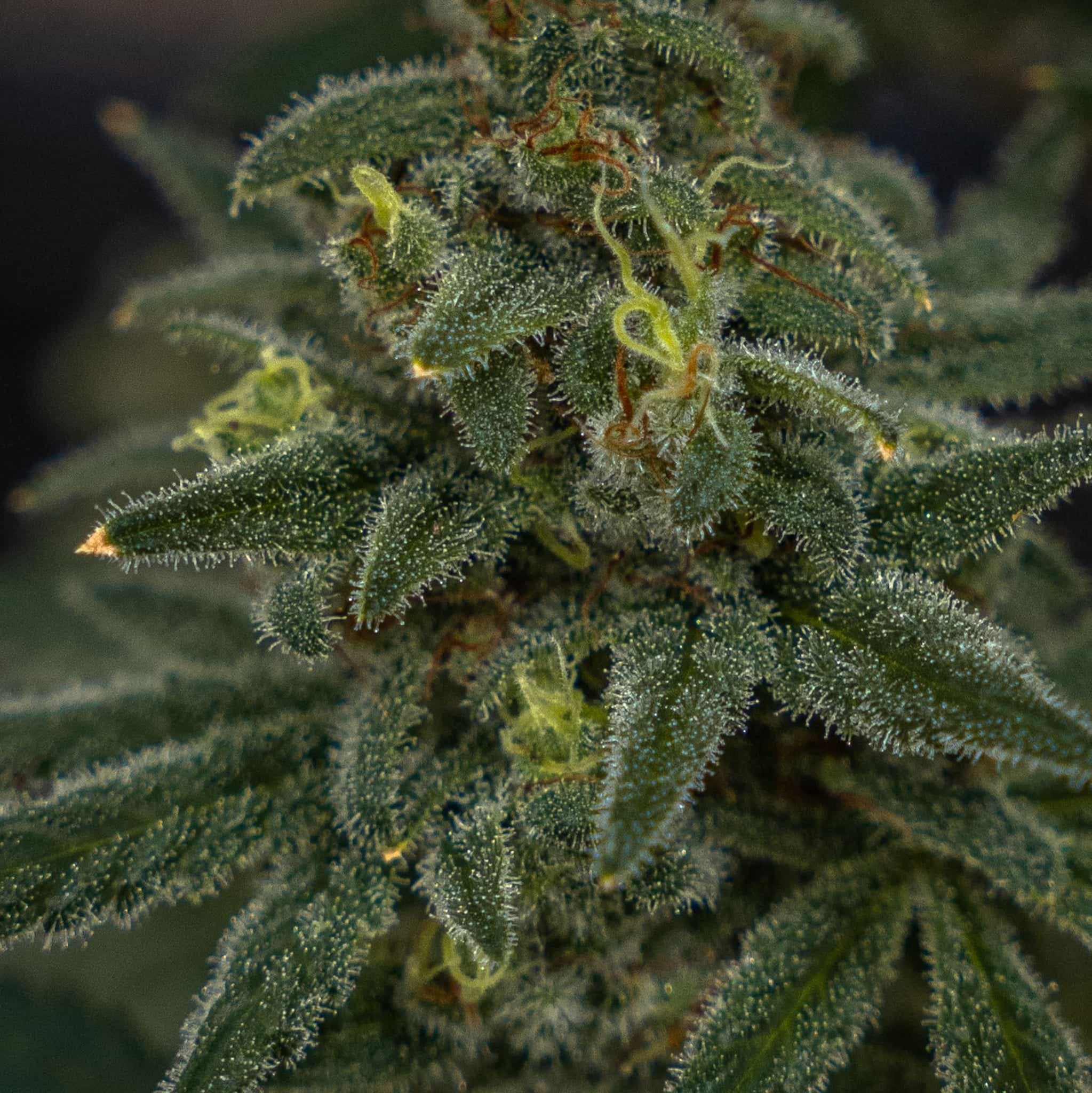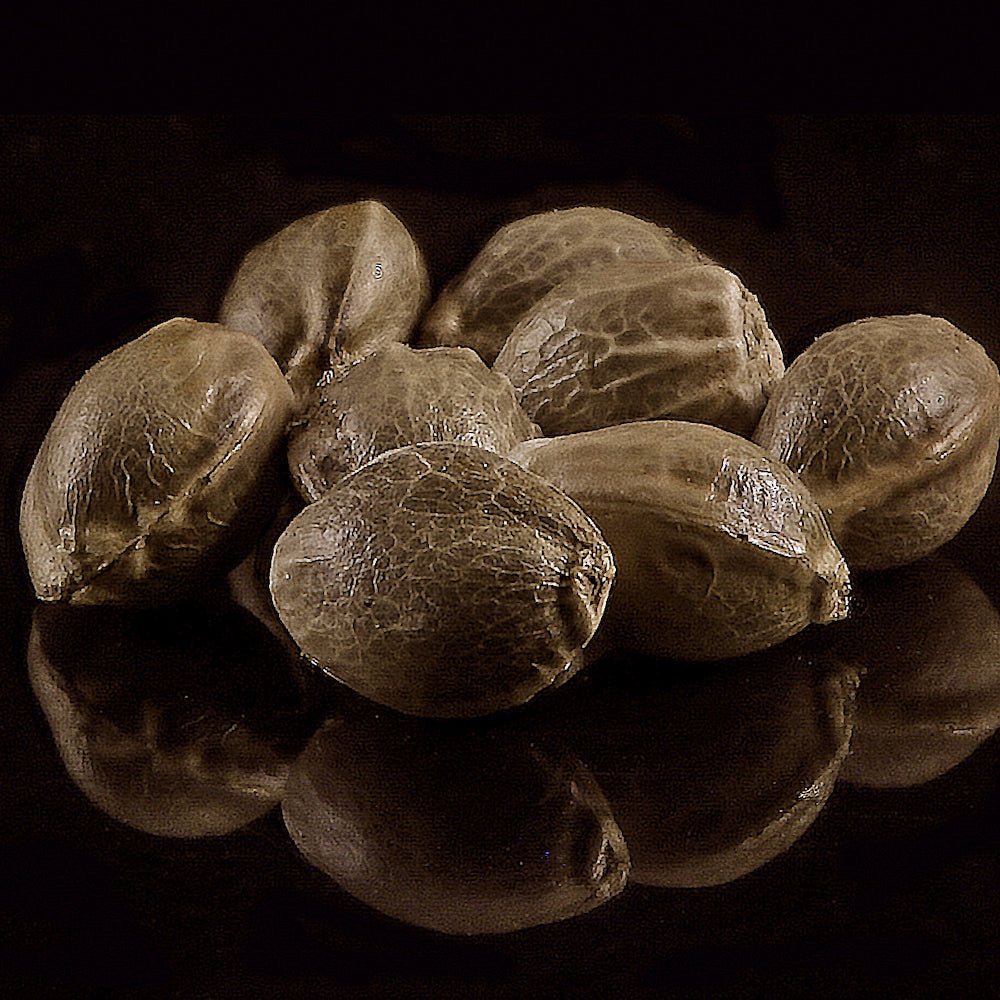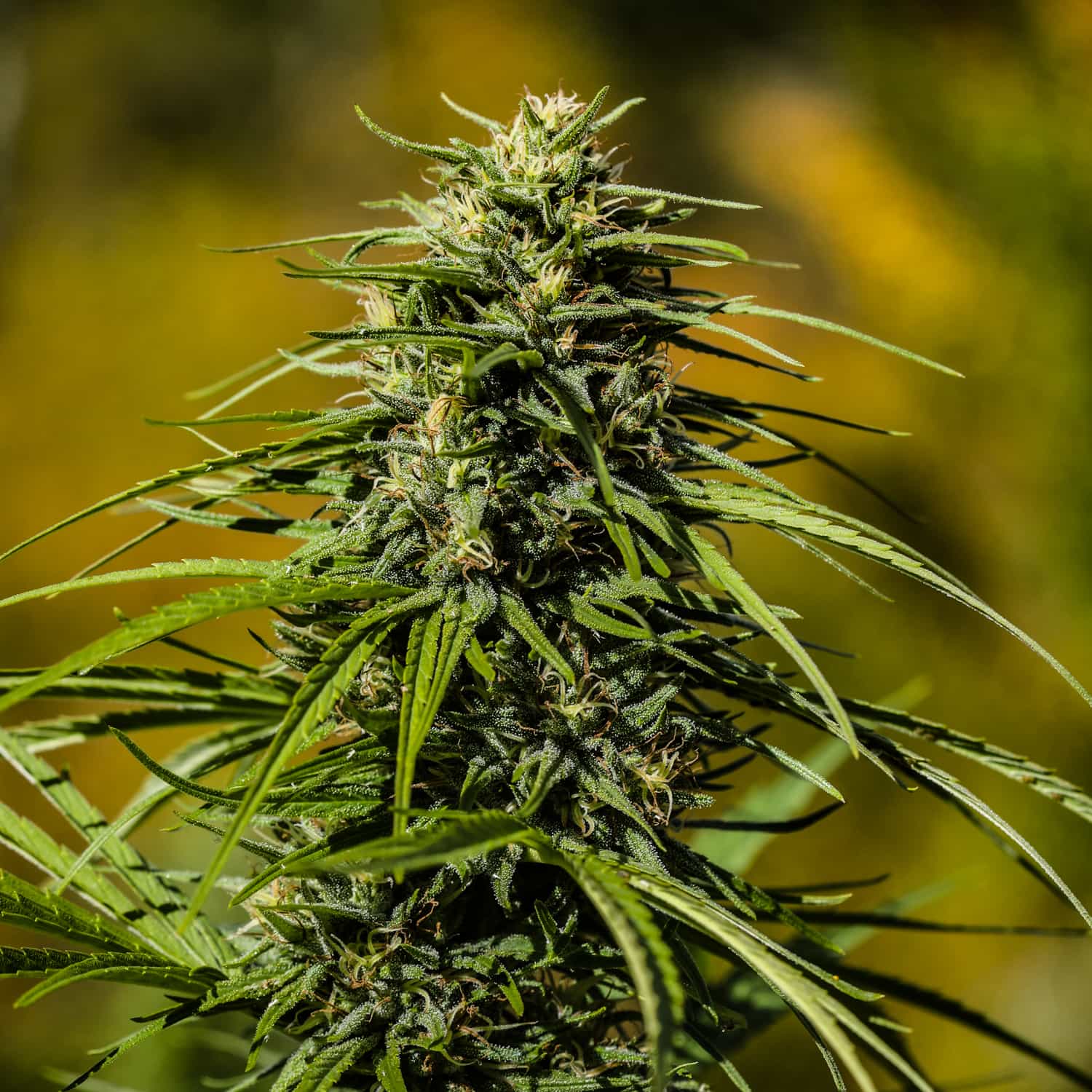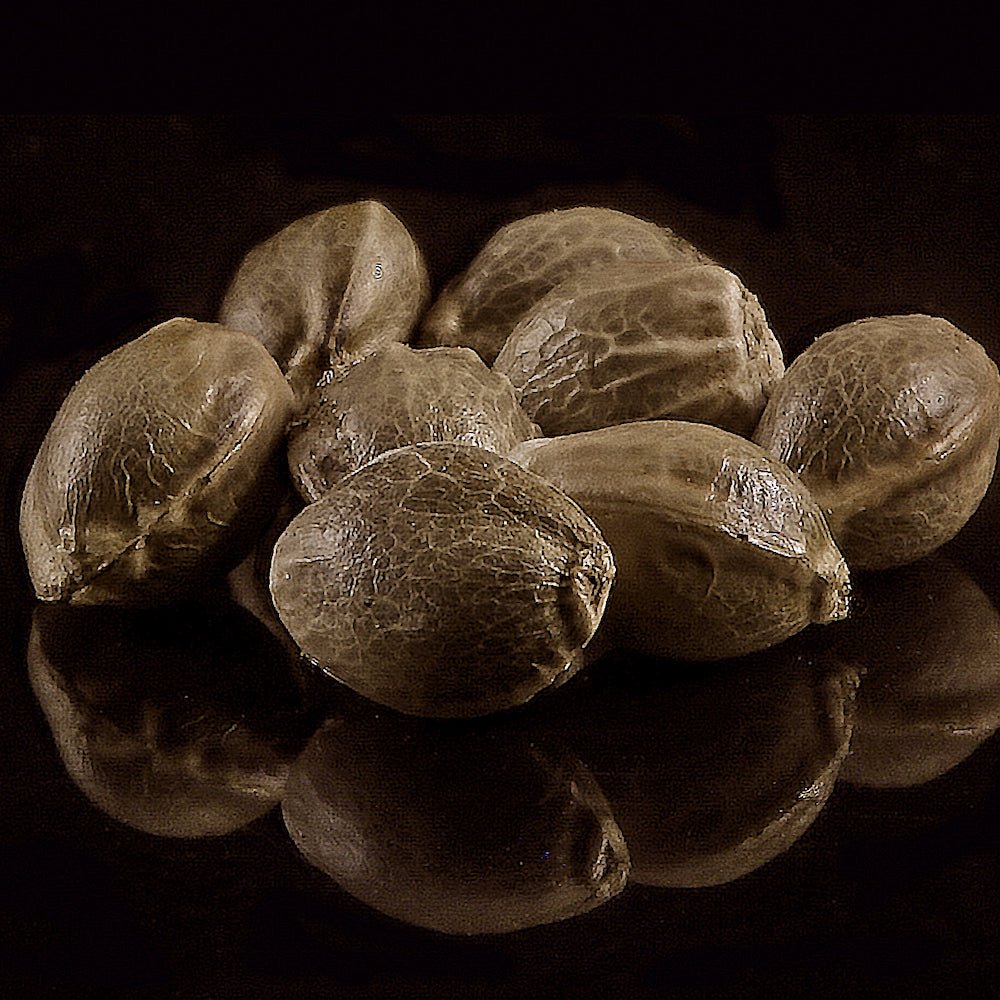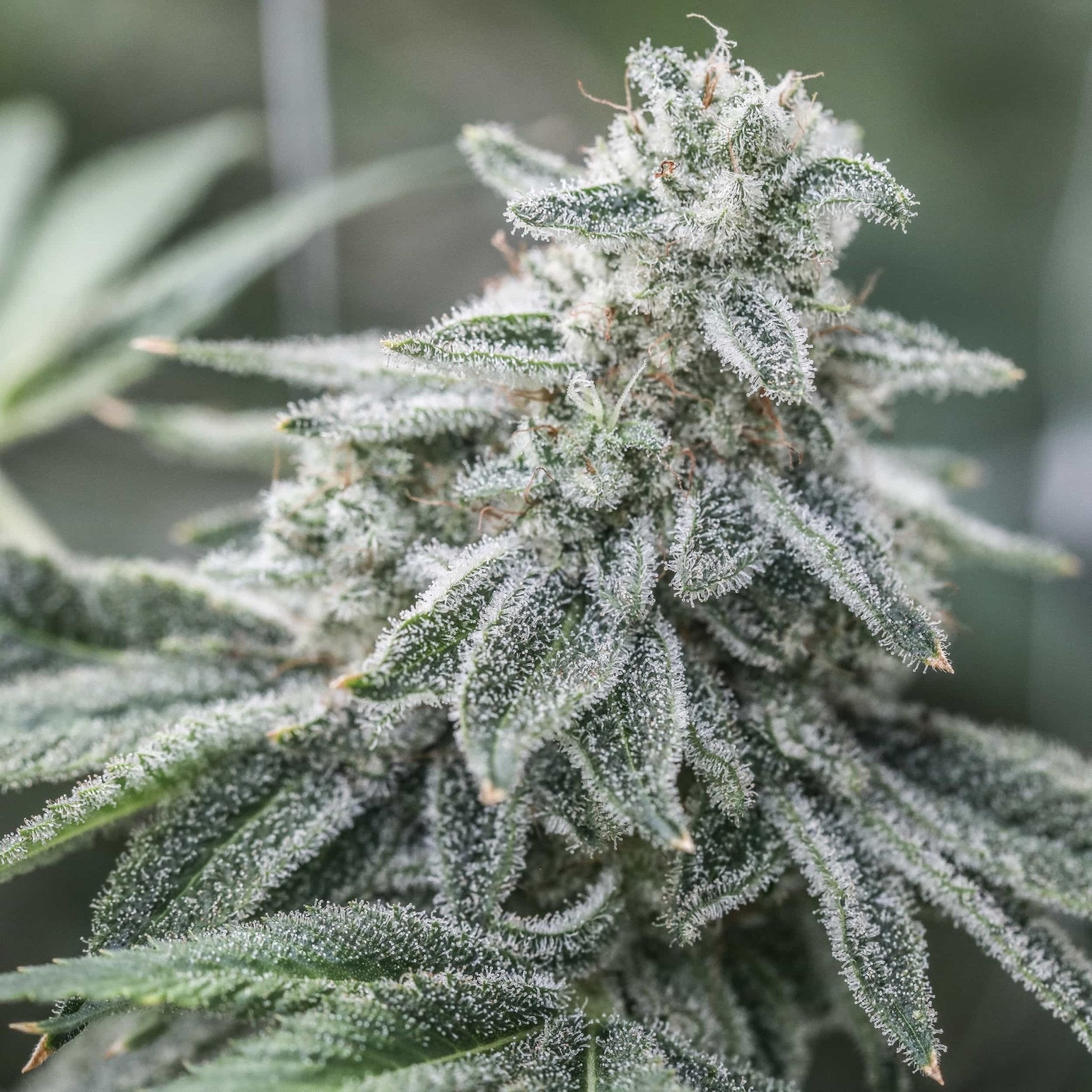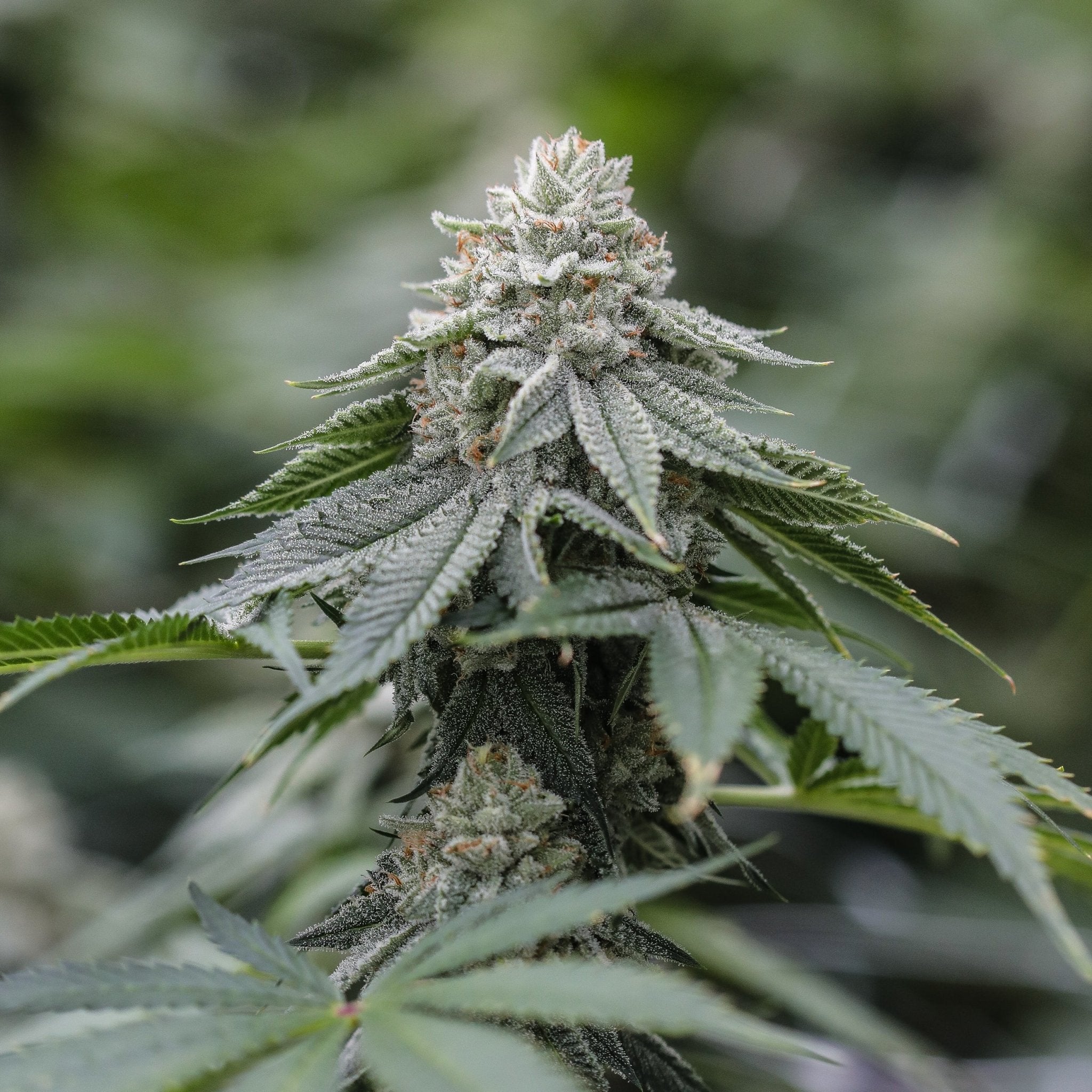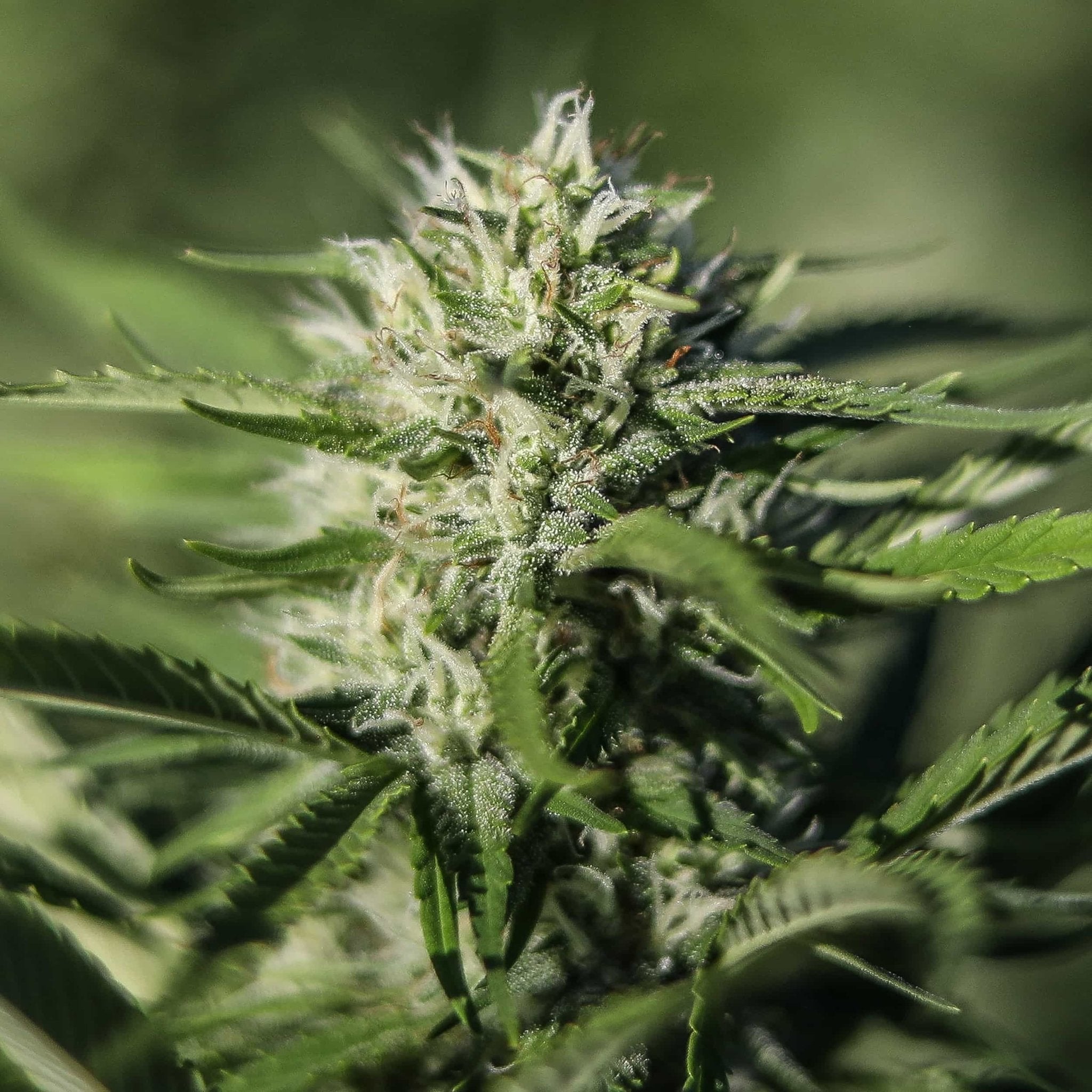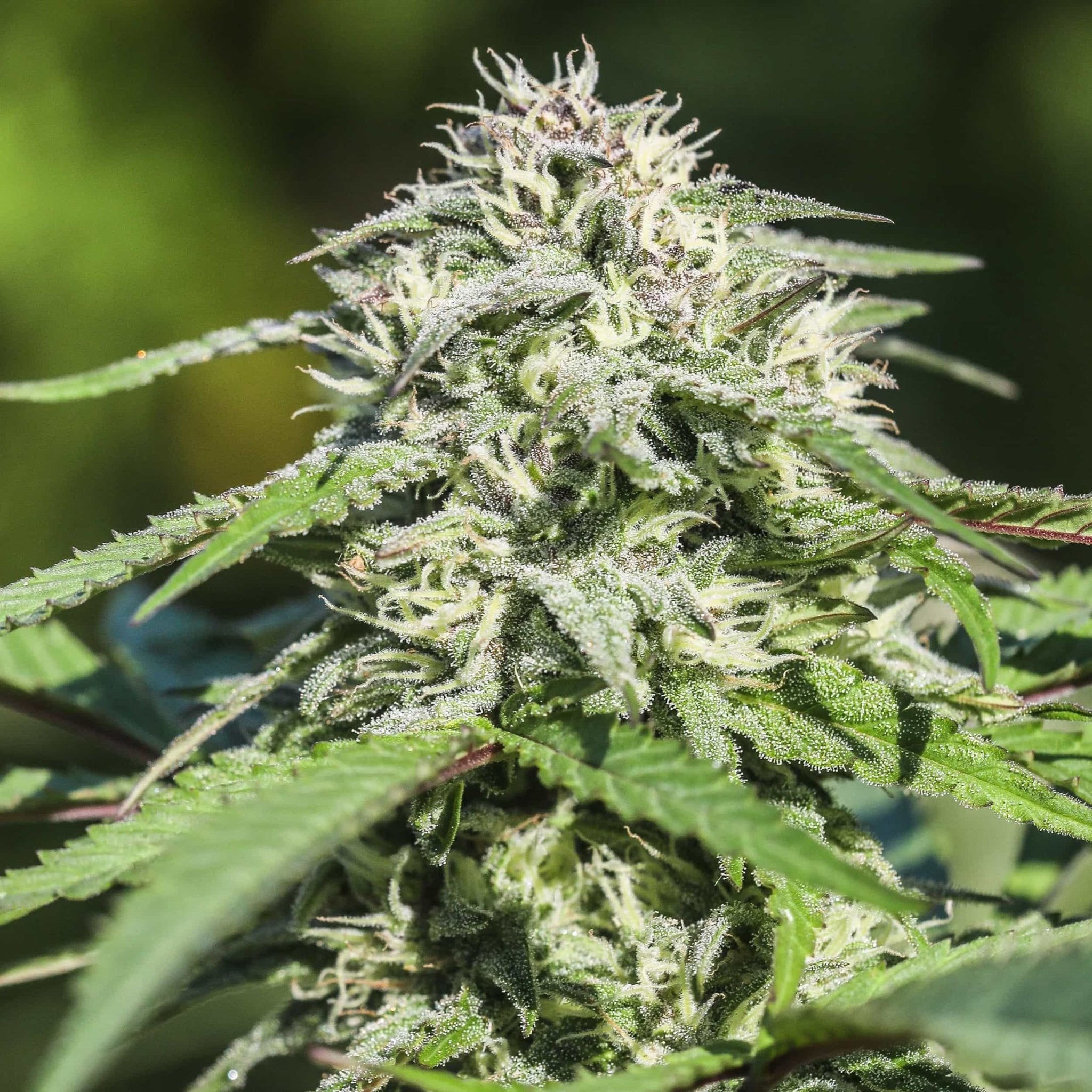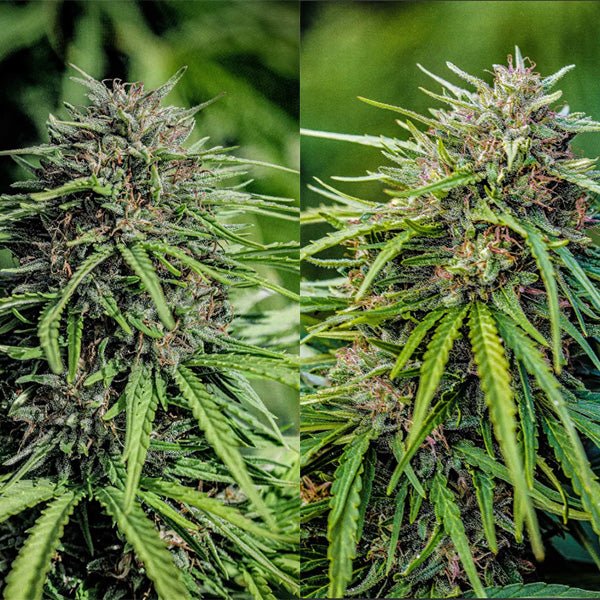Triploid genetics are extremely common in commercial agriculture. A wide variety of fruits, vegetables, and flowers that consumers purchase on a daily basis are either triploids or other polyploids—but most people don't realize it. However, creating triploid or other polyploid seeds isn't a simple task, especially in cannabis. Curious as to why there aren't more on the market? It’s expensive and time-consuming. Here’s an overview of how to create your own triploids.
A Brief Rundown on Triploids
Most species of plants and animals in nature are diploids—meaning they receive one complete set of chromosome pairs from both parents (referred to as 2x). Occasionally, an extra set of chromosome pairs is received from one parent, resulting in a 3x species. In many plants and animals, these 3x organisms exhibit significant increases in production and other desirable traits. They have more DNA, and thus, they produce more. There is a wealth of published research on the topic, including our own, so we’ll keep it simple here. For a more thorough breakdown of triploids, visit our page.
How to Make Triploid Cannabis Seeds
In 2020, we wrote the definitive guide on producing triploid cannabis seeds under the guidance of Dr. Hsuan Chen and Brendan Rojas. You can check out our published work here.
Step 1: Pick Your Parents
If you’re going to invest the time and resources into creating triploid seeds, it’s important to ensure that your chosen parents are high-quality. We spend years inbreeding and selecting plants to create our parent lines, and we typically only produce F1 hybrid triploids.
You can’t simply convert any plant into a triploid. You must use a tetraploid (4x) parent and a diploid (2x) parent. For example, to create a triploid version of the popular polyhybrid Girl Scout Cookies, you would need to retrace the cross back to its original parent plants, convert one to a tetraploid, and pair it with the diploid counterpart. Afterward, you’d hunt through seeds to find the famous cut.
Step 2: Tetraploid Conversion: Where Plants Go to Die
Converting a diploid plant to a tetraploid (4x) involves treating a cutting or seedling with colchicine, a substance that inhibits cell division. Unfortunately, the survival rate for treated plants is relatively low. You’ll need to treat many and hope for the best. The plants that survive take weeks to a month to recover after treatment, and growth during this period is slow.
Step 3: Ploidy Testing
Once treated plants begin sending out new growth, every new shoot must be ploidy-tested to ensure that the entire plant is a tetraploid. We use a flow cytometry machine, which analyzes plant tissue to detect ploidy levels. We often observe diploid shoots emerging from plants after conversion, and any plants showing both diploid and tetraploid growth are discarded. We test plants for around a month before we’re confident that all growth is tetraploid (4x).
Step 4: Take Cuttings
Depending on the vigor of the tetraploid plant, we usually wait one or two months before taking cuttings. These cuttings are rooted, nurtured, and grown for another month or two until they become established mother plants. Once they’re a decent size, we flip them into flower.
Step 5: Start Your "Male Plants"
We exclusively produce feminized seeds, so while our mother plants are growing, we begin preparing our pollinators. We use S3 and S4 feminized autoflower lines that are treated with Silver Thiosulfate (STS) to induce male flower production on female plants. This process takes about 2-3 weeks. Once our pollinators start producing pollen, it’s time for the next step.
Step 6: Triploid Seed Production
After coating our tetraploid (4x) mother plants with feminized pollen from our diploid (2x) selection over several weeks, we carefully tend to the plants and wait for seeds to form. Unfortunately, tetraploid plants are often close to sterile, so seed production is much lower than with diploid-diploid crosses. We typically see only 5%-30% of the seed production from a diploid-tetraploid cross compared to a diploid-diploid cross, making the process even more costly. The costs of tetraploid conversion and environmental control (such as electricity for lights) add further expenses.
Step 7: Seed Harvest and Curing
After 9-11 weeks of flowering in our greenhouses, we harvest the plants, separate the seeds, and store them in cold storage. We’ve found that many of our triploid varieties must undergo a long dormancy period in cold storage, similar to many floral species. Some varieties can take up to 3 months to fully break dormancy, after which they achieve optimal germination rates.
Step 8: More Testing
Once we’re confident that the seeds are germinating well, we send them off to third-party labs for ploidy and germination testing.
Triploid Seeds Are Expensive to Produce
The bottom line is that triploids are neither easy nor cheap to produce. A sophisticated breeding operation is required, and even then, the number of seeds produced is a fraction of what you’d get from a diploid cross.
But we love triploids, and know they’re worth the effort. You can watch our brief guide on seed production below. Triploids, and possibly tetraploids, are the future of cannabis.

